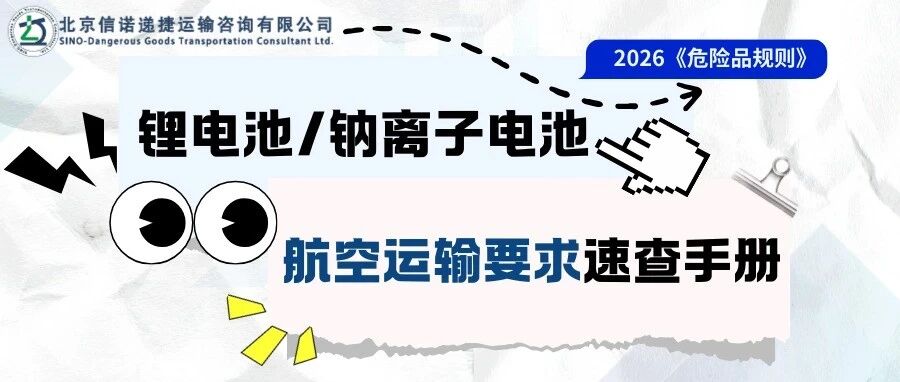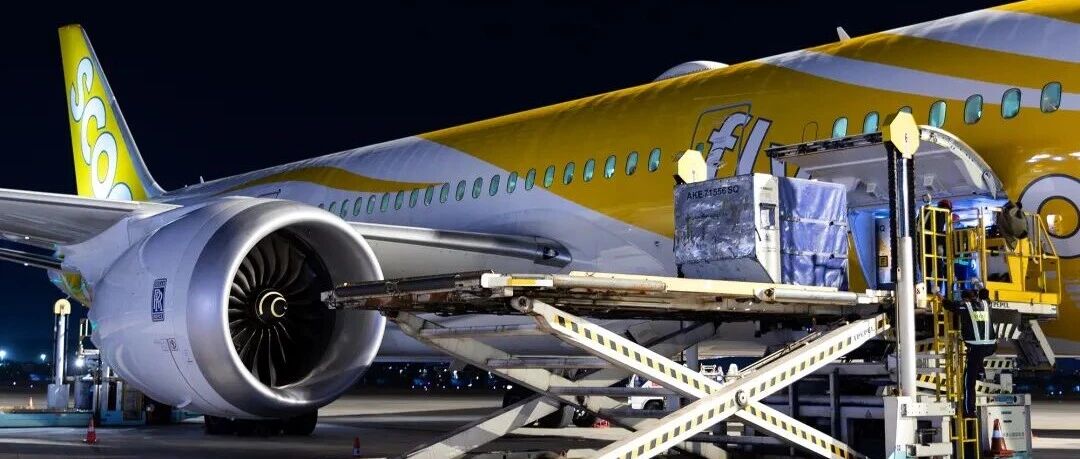
走向大师说
Exam56物流货运代理网专注于国际货运代理、物流行业的深度研究和专项考试分析,帮助小伙伴提升行业的认知和积累。
上周,亚洲海运集装箱运价延续了下降趋势,受到多种因素综合影响,包括农历新年后需求疲软、新结盟的承运人联盟带来的变动以及运力增长等,其价格甚至跌至 2024 年低点以下。
Freightos 的一项最新分析揭示,亚欧航线的运价降幅达 11%,每 40 英尺当量单位的价格降至 2740 美元,相较于 2024 年的低点还低 14%;亚洲 - 地中海航线的运价也下跌了 9%,每英尺当量单位价格低于 3800 美元,比去年该航线的最低点低 10%。
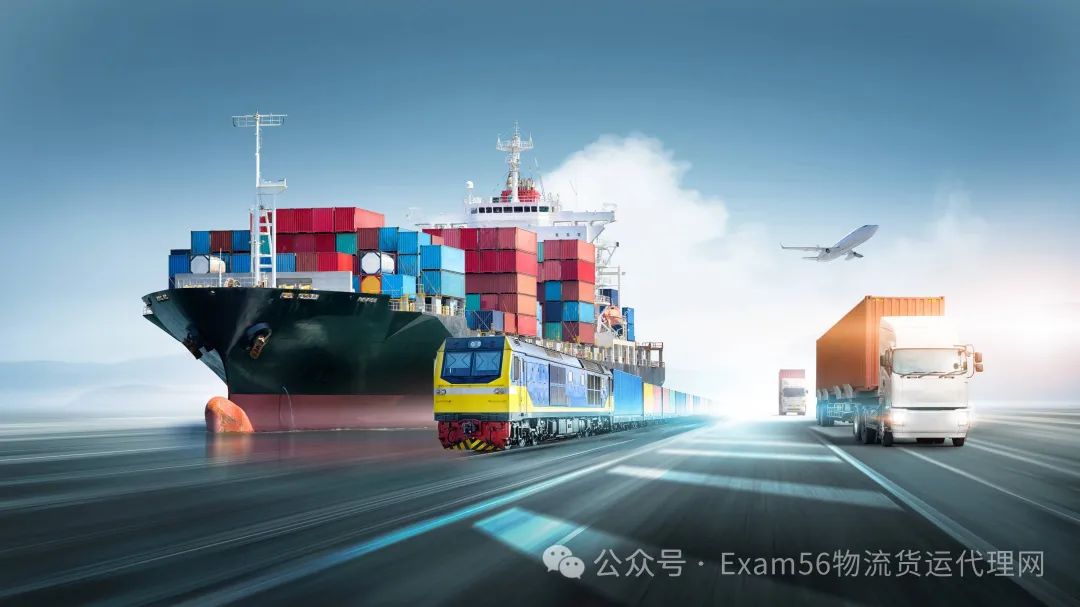
关税格局“极不确定”
Freightos 研究主管 Judah Levine 表示:“由于托运人在假期前积极备货,以应对红海改道致使交付周期延长的情况,所以这些航线上的需求下滑态势可能比往常更为显著。”
然而,他指出,尽管欧洲部分港口出现拥堵状况,但运价依旧持续走低,这使得一些航空公司提议在 4 月份上调一般运价,尽管 3 月份的上调成效有限。
Levine 补充说:“有迹象显示,跨太平洋航线前期需求较为强劲。不过,最终的关税落地或者足够的库存积累将会终止这种拉动效应,并且或许意味着下半年的行情将比平常更为疲软。”

分析指出,尽管关税形势依旧“极其不确定”,但联邦机构的调查结果可能会引发一系列举措,诸如对中国大幅提高关税、对众多国家征收互惠关税、美国贸易代表办公室针对中国制造的船只征收港口费,以及恢复对所有加拿大和墨西哥进口商品征收 25%的关税等,这些调查结果预计将于 4 月初公布。
Freighto 称,美国联邦海事委员会近期还对外国政府在集装箱阻塞点中所发挥的作用展开了调查。
尽管当下需求相对旺盛,但上周跨太平洋集装箱运价依然呈现下滑态势。美国西海岸的运价降至 2400 美元/英尺/单位,东海岸则降至 3500 美元/英尺 - 单位,与 2024 年的低点相比下降了 18%。
Freightos 表示,运价疲软或许反映出了产能过剩的问题,这是由于船队增长最初与 2023 年运价下降紧密相关,但直至目前,红海改道在一定程度上缓解了船队增长所带来的压力。
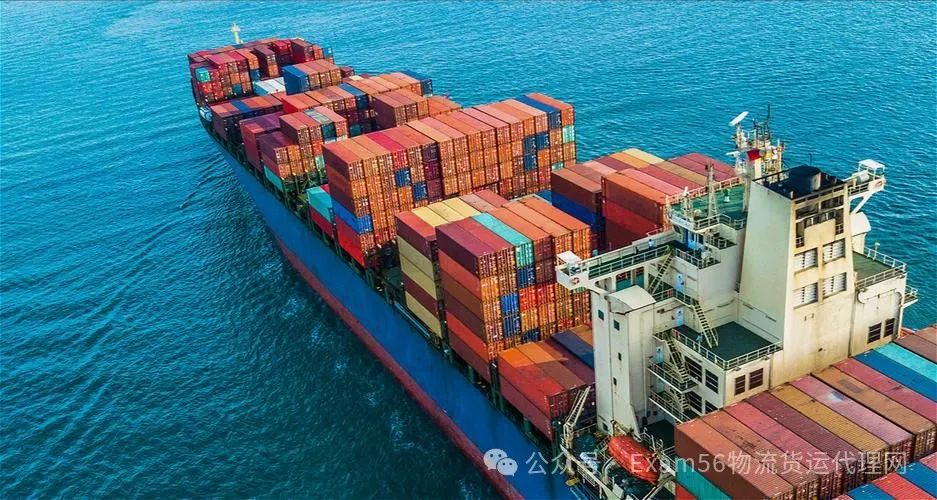
Levine 表示:“除了联盟重组因素外,这些航线当前运价疲软也可能暗示着船队增长所驱动的产能过剩情况。这种产能过剩现象在 2023 年首次出现运价暴跌时就已显现,但自去年初以来,因红海改道吸纳了部分运力,这一局面基本上得到遏制。”
展望未来,分析师警示称,随着市场在前期负荷停止时面临需求终究下降的境况,产能将进一步过剩。
Freightos 研究主管进一步补充道:“尽管受红海危机影响,当前的全球基准费率仍比 2019 年高出 70%以上,然而即便改道持续,市场也将陷入供过于求的状态,这可能在跨太平洋海洋合同谈判的报告中有所体现,这些合同的费率趋向于低于承运人的预期。”
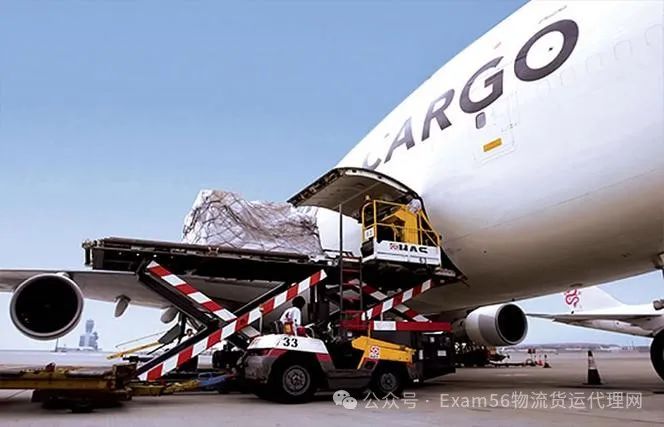
航空货运略有反弹
与此同时,Freightos 在其分析中提到,上周除中国外货物的航空指数价格呈现出复苏迹象,美国高于每公斤 5.00 美元,欧洲高于每公斤 3.80 美元。跨大西洋运费攀升至 2.43 美元/公斤,自年初以来上涨了 15%。
该报告表明,这一增长或许反映了美国对欧洲贸易伙伴预期关税上调之前的前期备货行为,尽管对北美的电子商务需求有缓和的迹象。
Ocean container rates from Asia continued to decline last week, dropping below 2024 lows due to a combination of factors, including a post-Lunar New Year demand lull, the impact of newly aligned carrier alliances, and capacity growth.
Rates on the Asia- Europe route fell 11% to US$2,740 per forty-foot equivalent unit (FEU), 14% lower than their 2024 low, while Asia- Mediterranean rates dipped 9% to below US$3,800/FEU, down 10% from last year’s nadir on the same route, according to a new Freightos analysis.

Tariff landscape "extremely uncertain"
"The post-LNY demand slump may be more pronounced than usual on these lanes as shippers stocked up ahead of the holiday to account for Red Sea diversion-driven lead time increases," Judah Levine, head of research at Freightos, said.
However, he noted that rates continue to decline despite congestion at several European ports, leading some carriers to propose General Rate Increases (GRIs) for April, although March increases saw limited success.
"There are indications of some frontloading-driven demand strength on the transpacific. Eventual tariff rollouts or enough inventory buildups would put an end to this pull forward and will likely mean a weaker than usual H2," Levine added.
The analysis noted that though the tariff landscape remains "extremely uncertain," federal agency findings that could lead to sharp tariff increases on China, reciprocal tariffs on a long list of countries, the USTR's proposed port fees on Chinese-made vessels, and the reinstatement of 25% tariffs on all Canadian and Mexican imports are due in early April.

Freighto said the U.S. Federal Maritime Commission also recently opened an investigation into foreign government roles in container chokepoints.
But despite the current relative demand strength, transpacific container rates continued to slide last week. Rates to the U.S. West Coast dropped to US$2,400/FEU and US$3,500/FEU to the East Coast, marking an 18% decline below 2024 lows.
Freightos suggests the rate weakness may reflect overcapacity, spurred by fleet growth originally tied to falling rates in 2023 but tempered by Red Sea diversions until now.
"In addition to the alliance reshuffle, the current rate weakness on these lanes may also point to fleet growth-driven overcapacity, first seen in collapsing rates in 2023 but largely held at bay since early last year by Red Sea diversions absorbing capacity," Levine said.

Looking ahead, analysts warn of further overcapacity as the market faces an eventual decline in demand when frontloading ceases.
"The expected demand drop when frontloading ends and analyses that – despite the current global benchmark rate still more than 70% higher than in 2019 due to the Red Sea crisis – the market will become oversupplied even if diversions continue may be reflected in reports of transpacific ocean contracts negotiations trending toward rates lower than carriers had hoped," the Freightos head of research added.
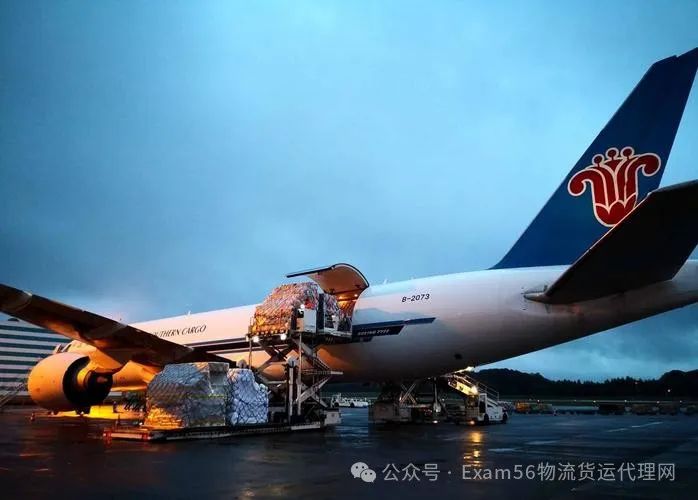
Air cargo rebounds slightly
Meanwhile, Freightos said in its analysis that Air Index rates for ex-China cargo showed signs of recovery last week, rising above US$5.00 per kilogram to the U.S. and over US$3.80/kg to Europe.
Transatlantic rates climbed to US$2.43/kg, up 15% since the start of the year.
The report suggests the increase may reflect frontloading ahead of anticipated U.S. tariff hikes on European trading partners, even as e-commerce demand to North America shows signs of easing.

商务合作请点击上方 |









